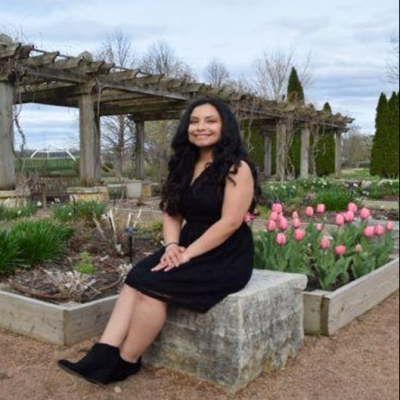Finding Imagery in “Still I Rise” by Maya Angelou with The Response Heuristic
Crystal Millan-Herrera
- Disciplinary Literacy Skill: (RI.9-10.4) (DOK 1,2,3) Determine the meaning of words and phrases as they are used in a text, including figurative, connotative, and technical meanings; analyze the cumulative impact of specific word choices on meaning and tone
- Critical Literacy Skill(s): Interrogating multiple viewpoints
- Instructional Resources Needed:
- “Still I Rise” by Maya Angelou
- Response Heuristic Graphic Organizer
- Audiobook of “Still I Rise”
Step by Step Instructions
- First I will discuss with the students the definitions of imagery (According to Dictionary.com, imagery means “the formation of mental images, figures, or likenesses of things, or of such images collectively”) and figurative language (According to Dictionary.com figurative language means (“language that contains or uses figures of speech, especially metaphors.”) Are there similes in the poem? Or any metaphors? What feelings does the poem bring out? We will discuss what they mean and what to look for in the poem as they listen to the audiobook of “Still I Rise” by Maya Angelou.
- This lesson focuses on Multiple Viewpoints by “Paying attention to and seeking out the voices of those who have been silenced or marginalized (Lewison et al.). The Response Heuristic Graphic Organizer will be helpful in citing evidence about imagery on the voice of the author and how she expresses her perspective of being a Black woman. Students have a chance to show their voices as well, sometimes being young, their voices or opinions aren’t taken seriously. With the Response Heuristic students have a chance to share how being a student of color can be in society through personal experiences or empathizing.
- I will then hand out a Response Heuristic Graphic Organizer that is three columns in which students will write down in the first column a quote from the poem “Still I Rise” by Maya Angelou that demonstrates imagery. In the second column students will explain why it demonstrates imagery. (Is the chosen quote a simile or metaphor? What feelings does the quote demonstrate?) In the third column students will write a connection to the passage chosen.
- Then I will ask students to start asking themselves questions to help them cite evidence. I will give them time to work on their own to fill out their Response Heuristic Graphic Organizer such as What kind of figurative language and imagery do we see in this first stanza?What perspective is the author trying to demonstrate? How can you relate to this poem in your own life?
- After filling out the form, students will be asked to share their responses to a neighbor to discuss the multiple viewpoints, such as the authors, their own, and their neighbors perspective.
- The strategy of response heuristic is important because “Response Heuristic was designed to foster readers’ inferences about an author’s meaning and create space for the reader’s personal interpretation of literature (Gillis and Van Wig).
References
Angelou, Maya. “Still I Rise.” Poetry Foundation, 1978, www.poetryfoundation.org/poems/46446/still-i-rise.
“Definition of Imagery | Dictionary.com.” www.dictionary.com, 2019, www.dictionary.com/browse/imagery.
“The Definition of Figurative Language.” www.dictionary.com, 2019, www.dictionary.com/browse/figurative-language.
Gillis, Victoria, and Ann Van Wig. “Disciplinary Literacy Assessment.” Journal of Adolescent & Adult Literacy, vol. 58, no. 6, Mar. 2015, pp. 455–460, 10.1002/jaal.386. Accessed 28 Nov. 2022.
Lewison, Mitzi, et al. “Taking on Critical Literacy: The Journey of Newcomers and Novices.” Arts, vol. 79, no. 5, 2002, pp. 382–392. Accessed 6 Dec. 2022.


